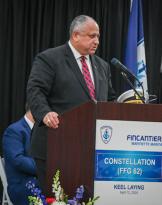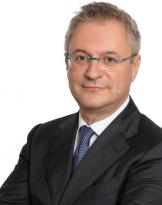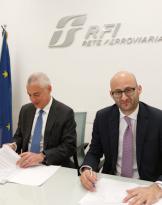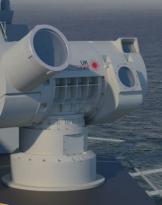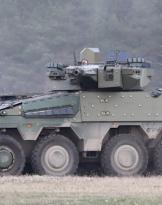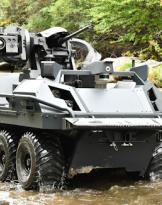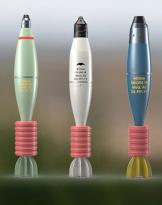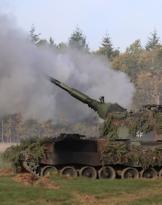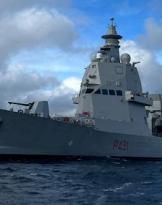The exploration of Mercury is the final destination of the mission of the European Space Agency which, approved in 2000, started in October 2018 and will enter the orbit of the planet closest to the Sun in 2025. The collection of mission data, already wide because it includes the mapping, geological studies, structure, magnetic field and atmosphere of Mercury, it will be even more enriched by the close flight of the Earth (April 2020) and Venus (October 2020 and August 2021).
A complex mission, lasting over seven years, based on two probes: the Mercury Planetary Orbiter (MPO), which carries the tools intended for the study of the surface, exosphere and internal composition of the planet, and the Mercury Magnetospheric Orbiter (MMO), which carries the tools dedicated to the study of the planet's magnetosphere.
Italian industries and research play a broad role, as does the denomination dedicated to the Italian scholar indica. The mission is carried out in collaboration with the Japanese Space Agency JAXA, the probes were launched, on 20 October 2018, by the Kourou Space Center in French Guiana.
The mission is designed to study Mercury's composition, geophysics, atmosphere, magnetosphere and history. In particular, the mission has as its main scientific objectives:
-
study the origin and evolution of a planet very close to its star;
-
study Mercury in its form, internal structure, geology, composition, morphology;
-
provide a 3D model of the entire surface of the planet;
-
examine what remains of Mercury's external atmosphere, its composition and dynamics;
-
probe the planet's magnetosphere (its structure and dynamics);
-
determine the origins of the magnetic field of Mercury;
-
study the polar deposits of the planet, their composition and origin;
-
test Einstein's theory of general relativity.
 The two elements, MPO and MMO, hooked together to form the Mercury Composite Spacecraft (MCS), were launched by a Ariane 5. The probes will then make a 7,2 year journey to Mercury, connected to each other through the specific module, the Mercury Transfer Module (MTM), using an electric solar propulsion and the gravitational thrust of the Earth, Venus and Mercury, for a total of nine slingshot effects.
The two elements, MPO and MMO, hooked together to form the Mercury Composite Spacecraft (MCS), were launched by a Ariane 5. The probes will then make a 7,2 year journey to Mercury, connected to each other through the specific module, the Mercury Transfer Module (MTM), using an electric solar propulsion and the gravitational thrust of the Earth, Venus and Mercury, for a total of nine slingshot effects.
The Italian Space Agency carries out, with the Italian scientific community, a significant contribution to the mission, with 4 out of 11 experiments and has the role of Principal Investigator Italian. The four main experiments are:
- SIMBIO-SYS, an integrated system of observation of the surface and characterization of the planet with chambers (HRIC and STC) and a spectroscope (VIHI) developed by Selex and ASI scientific guide;
- ISA, the high sensitivity accelerometer, developed by INAF and TAS-I.
- MORE, the radioscience experiment based on the on-board transponder in Ka band (KaT), still by TAS-I. For MORE, the scientific responsibility is of the University of Rome Sapienza, with the support of JPL / NASA;
- SERENA, the experiment for the study of the particle environment using the two neutral particle analyzer (NPA) ELENA and STOFIO, the latter carried out by Southwest Research Institute-USA, and two ion spectrometers (IS) MIPA and PICAM, scientifically responsible for IFSI, ENEA, ISM and IFN and industrial for CGS and AMDL.
The mission was designed and built by a consortium of companies led by Astrium Satellites (division Airbus Defense and Space of Airbus Group). There Thales Alenia Space in Italy it is part of the Core team, Led by Airbus Defense and Space, and coordinates an industrial team of 35 European companies within his work packages. In particular, he is responsible for telecommunication systems, thermal control, electrical power distribution, integration and testing of the complete satellite as well as support for the launch campaign.
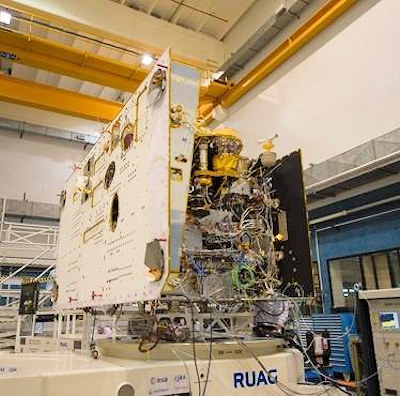 Leonardo's Electronics Division is involved with the AA-STR attitude sensor and the SIMBIO-Sys tool (Spectrometers and Imagers for MPO BepiColombo Integrated Observatory System). SIMBIO-Sys is composed of three instruments in one: a high resolution camera for the detailed study of the topography of Mercury, a stereocamera for the 3D reconstruction of its entire surface and a hyperspectral chamber dedicated to the study of the chemical-physical composition of the planet. It is a very complex tool, which will be responsible for 50% of the entire data archive that will be collected by the mission.
Leonardo's Electronics Division is involved with the AA-STR attitude sensor and the SIMBIO-Sys tool (Spectrometers and Imagers for MPO BepiColombo Integrated Observatory System). SIMBIO-Sys is composed of three instruments in one: a high resolution camera for the detailed study of the topography of Mercury, a stereocamera for the 3D reconstruction of its entire surface and a hyperspectral chamber dedicated to the study of the chemical-physical composition of the planet. It is a very complex tool, which will be responsible for 50% of the entire data archive that will be collected by the mission.
The mission therefore has a strongly interdisciplinary character, with implications that include theoretical physics, cosmology, geology, the search for masses of water, the use of spectrometers and high-definition image detectors for 3D mapping, experiments of radio science, self-adaptive autonomous systems engineering experiments (Autonomy Requirements Engineering - ARE). These systems will allow BepiColombo probes to adapt to perturbations and correct their effects, to activate self-protection systems, to program themselves, to repair themselves. Resilience capacity will be measured in the absence of constant communications. The fallout from these experiments is intuitively large and involves many productive and strategic sectors.
In conclusion, just one hundred years ago, in 1920, Giuseppe Colombo was born, a versatile and important Italian scientist (he was a physicist, mathematician, engineer and astronomer) who would perhaps have remained unknown to the general public if his important international space mission did not bear his name European Union on Mercury.
Among the world's leading experts in celestial mechanics, Colombo (called "Bepi") from 1958 oriented his studies to the space sector and became a consultant also to NASA and he was for the rest of his activity with ASI and ESA .
His studies on Mercury had resonated since 1965 and became even more known when he perfected the mechanism of the "leash satellites" developed in 1972 by another Italian engineer with whom he collaborated, Mario Grossi, who worked on the Smithsonian Center for Astrophysics.
In short, the Italian research confirms an excellence in the space sector, which should once again urge to expand the limited funding. Not doing so is long-term scientific, economic, military and strategic damage, which irreparably weakens the country and penalizes its talents.
Images: ESA / Leonardo


